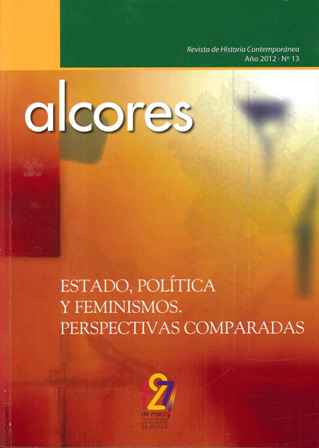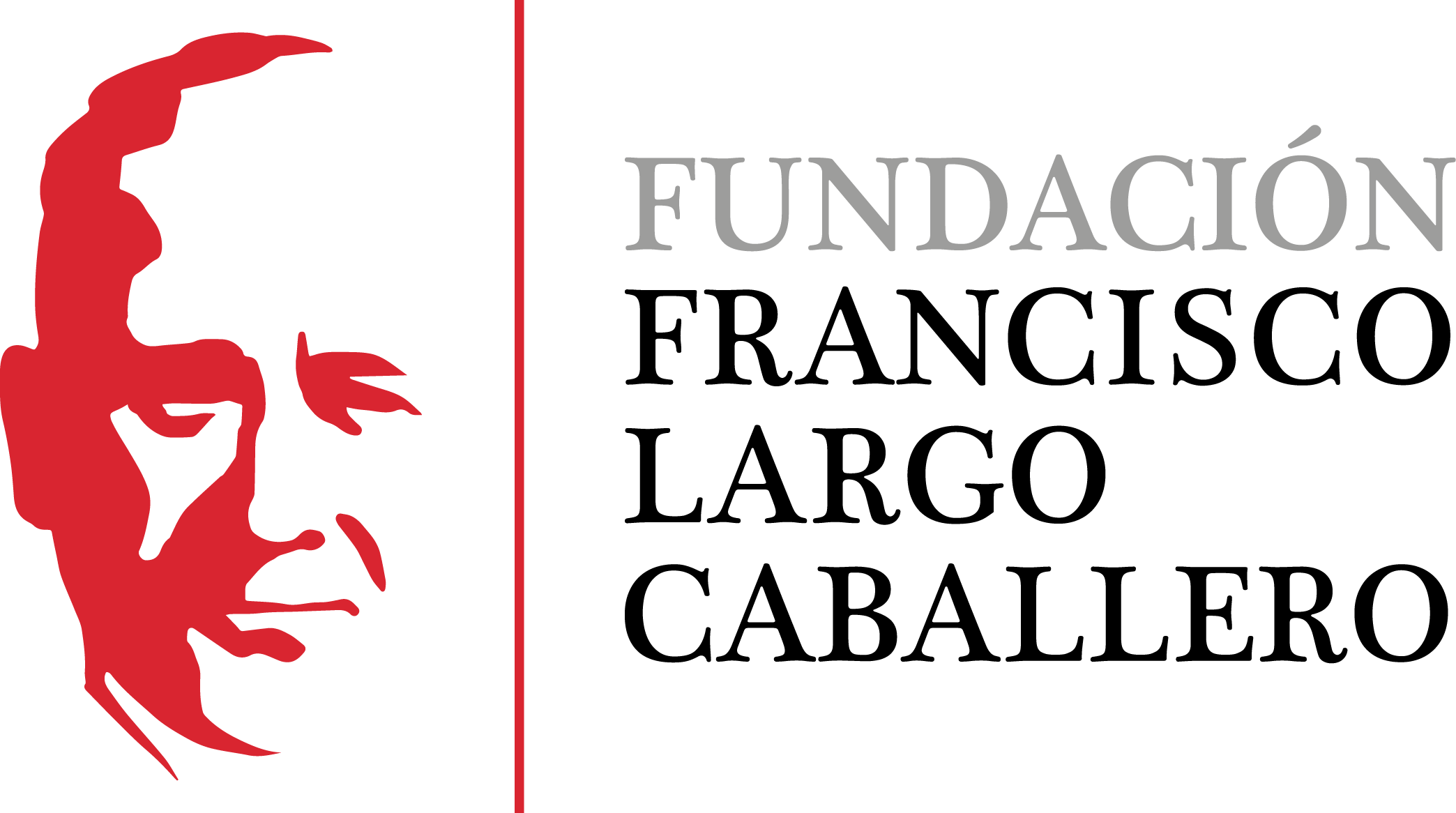Sagunto and Numancia
Recreation and archetype in the Spanish imaginary of the 20th century
DOI:
https://doi.org/10.69791/rahc.153Keywords:
Nationalism, Identity building, Independency, Lieux de MémoireAbstract
After long siege the Iberian towns of Sagunto and Numancia were conquered, the former by the Carthaginian army (218 BC.), the other by the Romans (133 BC). From ancient times both towns were seen as examples of resistance and love of independence, and their memory remained as a subject in the Spanish literary tradition. From the early Nineteenth century they took a stronger meaning as national symbols of courage and sacrifice against the foreign enemy, a process similar to examples from other countries, such as Alésia or Masada as national “Lieux de Mémoire”.
Downloads
Global Statistics ℹ️
|
47
Views
|
20
Downloads
|
|
67
Total
|
|
Downloads
Published
How to Cite
Issue
Section
License
Copyright (c) 2013 Demetrio Castro Alfín

This work is licensed under a Creative Commons Attribution 4.0 International License.
Alcores is an open-access journal. It provides unrestricted access to its content from the moment of publication. We respect intellectual property rights, and for this reason, the author retains the copyright. All content is distributed under a Creative Commons Attribution 4.0 International (CC BY 4.0) license. The terms of the license can be consulted at: https://creativecommons.org/licenses/by/4.0/
This license allows sharing (copying and redistributing the material in any medium or format) and adapting (remixing, transforming, and building upon the material for any purpose), provided that authorship and first publication in this journal are properly credited, a link to the license is included, and any changes made are indicated.
This type of license facilitates the freedom of reuse and ensures that the content of this journal can be used to meet research needs.





